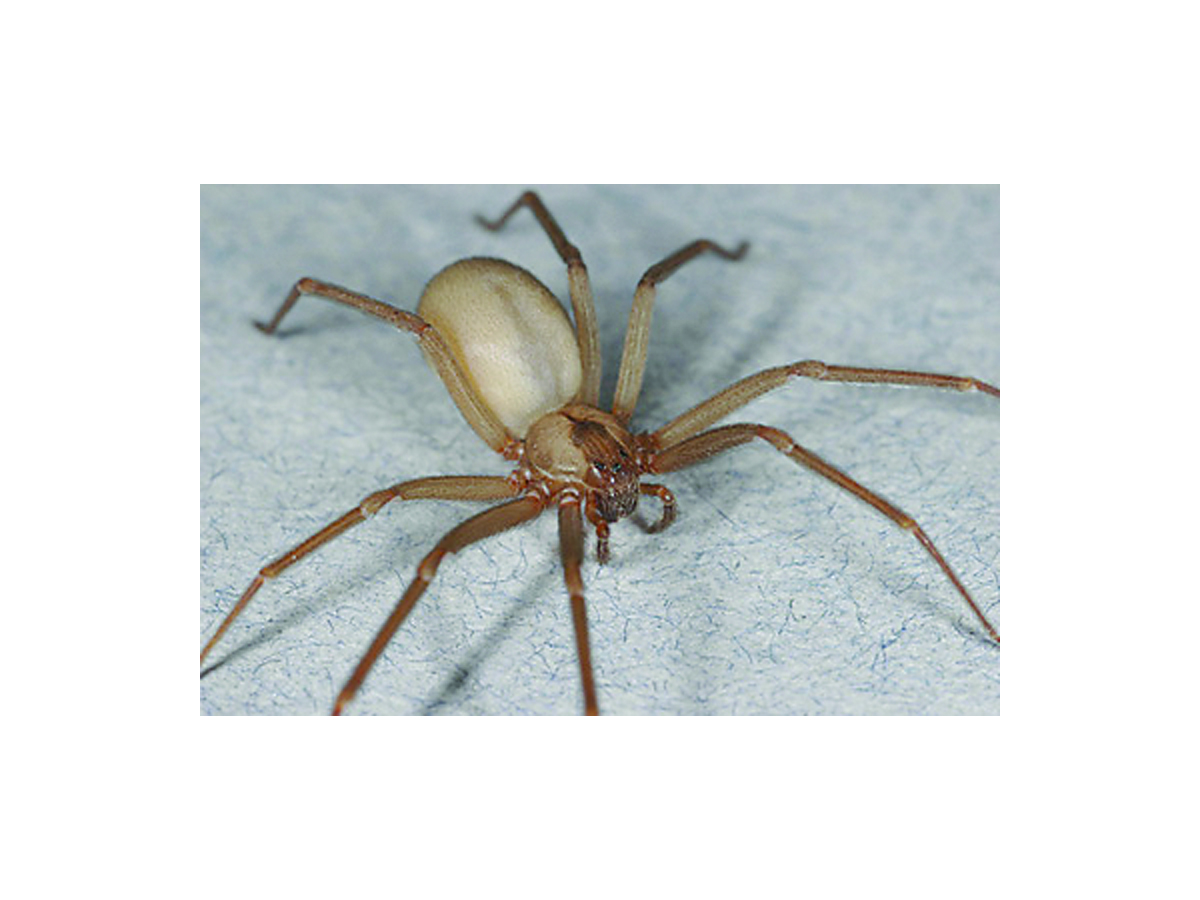
Former UCR researcher Richard Vetter has published a book entitled “The Brown Recluse Spider” to correct misinformation associated with the arachnid. The book was released to the general public in March by Cornell Press.
Vetter, who retired from UCR in 2012, began writing the book seven years ago during flights to pest control associations on the East Coast. It wasn’t until his retirement, however, that he began to develop the project more thoroughly.
“It became the first thing on my retirement bucket list. I, then, sat down and read about 200 papers on brown recluses that were in my reprint library assembled over the last 35 years,” Vetter stated.
Brown recluses are spiders between 6 to 20 millimeters and known for their venomous bites. To clarify misconceptions, the book discusses taxonomy — the classification of organisms — along with information on how to identify recluses to differentiate them from harmless non-recluses.
According to Vetter, common misunderstandings include the areas recluses inhabit and the nature of their bites. As a result of these misconceptions, up to 80 percent of reported brown recluse bites may be misdiagnosed, according to the book.
“(Physicians) should realize that brown recluses are NOT all over the continent, that recluse bites are most often mild in expression and that there are many medical conditions that result in skin lesions that physicians and other medical personnel in the past have misdiagnosed as brown recluse bites,” Vetter said.
Vetter stated that this misinformation can potentially harm patients who have misdiagnosed lesions. “Some of these conditions are potentially fatal so getting misdiagnosed can be a very dangerous situation,” he explained.
Since the release of the book, Vetter continues to pursue this research further, specifically on how circadian rhythms — physical and mental changes caused by the 24-hour cycle — affects the mating process for the recluse. By analyzing these changes, Vetter will be able to advise companies on how much pesticide to use while fumigating.
“Currently fumigation companies have no idea what levels kill recluse eggs so they use the maximum legal limit which may be overkill and a waste of pesticide, and hence, waste of money,” Vetter elaborated.
By addressing this book to the general public as opposed to academic circles, Vetter hopes to correct these misconceptions. “There was a need for a brown recluse book for the general public, and that is the niche this book fulfills,” Vetter added in a press release.








